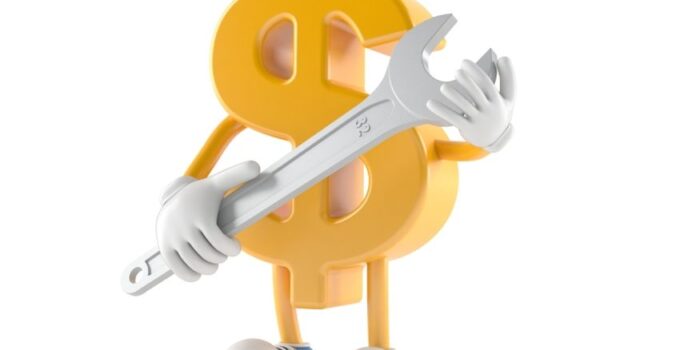The mining and construction industry plays a major part in the development and advancement of the modern world. Growth continues to be driven by a number of key factors. First and most important has been China’s industrialization.
Whereas the blistering economic growth that characterized China over the past three decades has been tapering off, Chinese demand still continues to be the single biggest factor in mining and construction. China’s insatiable appetite for commodities such as cement, steel, iron ore, copper and coal has stimulated supply from all over the world.
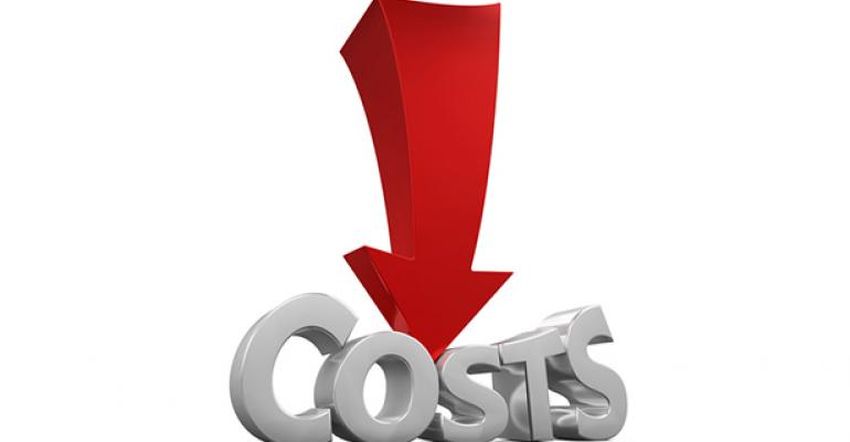
source:sintef.no
Beyond China, the United States has been on the upswing after years of mining and construction stagnation. House construction is looking up as the unemployment rate falls and wages rise. Aging infrastructure is attracting the attention of federal and state governments with rising calls for comprehensive repair. The positive prospects in the world’s two largest economies are representative of the forward momentum in mining and construction across much of the rest of the world.
Yet, in the midst of this boom, there’s pressure on mining and construction executives to keep a lid on costs in order to maximize shareholder return. One area that draws plenty of focus due to the potentially large expenditure involved is maintenance. Here are a number of tips for keeping maintenance costs at a minimum.
Page Contents
Track Expenses
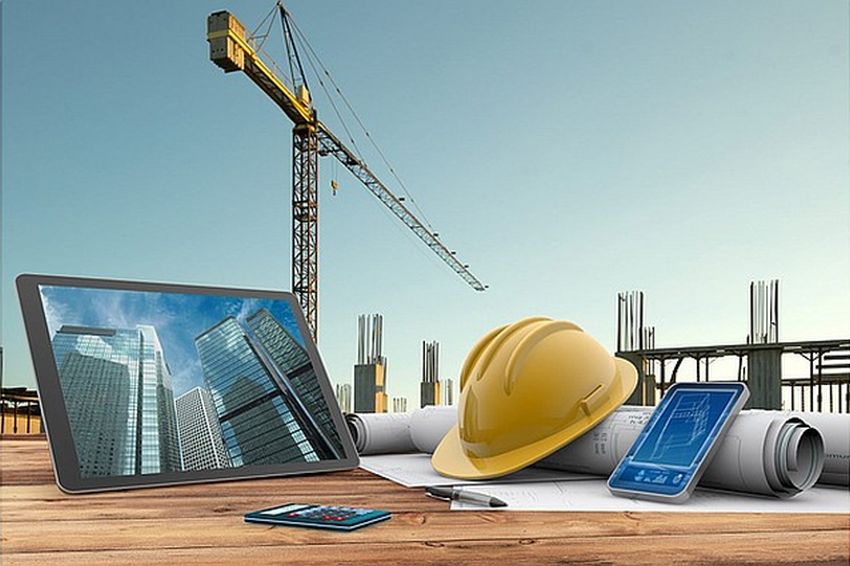
source:busiweek.com
You cannot manage mining and construction costs if you don’t know what they are in the first place. Controlling expenditure must, therefore, begin with keeping a detailed, accurate and near-real-time record of your spending.
Good records are an invaluable ingredient of good decision-making. You should be able to see quickly how much your business has spent on equipment, parts, supplies and labor. That way, you can zero in on the maintenance expenses that are bleeding money the most.
Preventive Maintenance
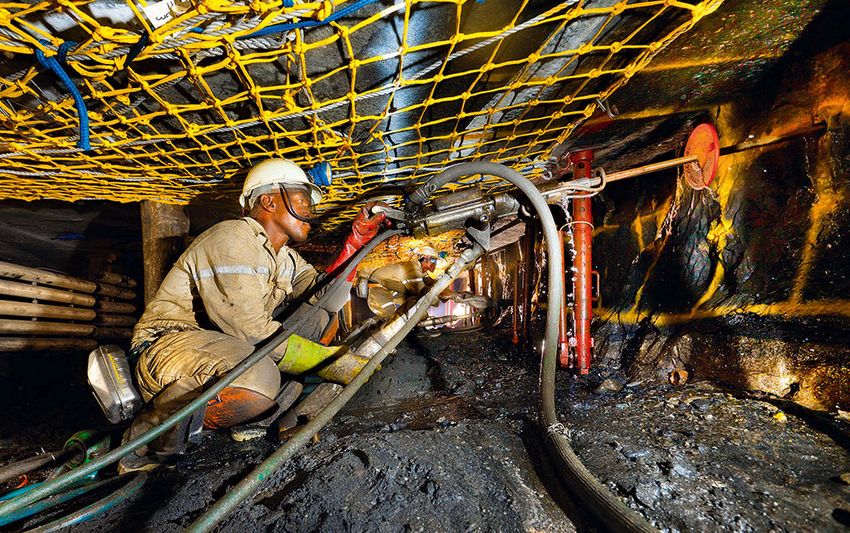
source:blog.kpmgafrica.com
Inspection is arguably the most important element of successful, efficient maintenance. As opposed to waiting for equipment to break down before taking action, preventive inspection allows you to preempt problems before they become expensive to rectify. Usually, the manuals accompanying mining and construction equipment will provide guidelines on a preventative maintenance schedule.
Nevertheless, best practice requires that maintenance is based on operating hours as opposed to rigid calendar dates. Just like cars, the same piece of industrial equipment isn’t used with the same frequency and intensity by any two organizations. So a 30-day maintenance cycle may be under servicing in one context but overservicing in another.
But even after defining a set amount of usage hours per maintenance cycle, monitor the servicing frequency to determine its effectiveness. You may have to reduce or increase the number of hours a couple of times until you finally find that sweet spot.
Train Maintenance Personnel
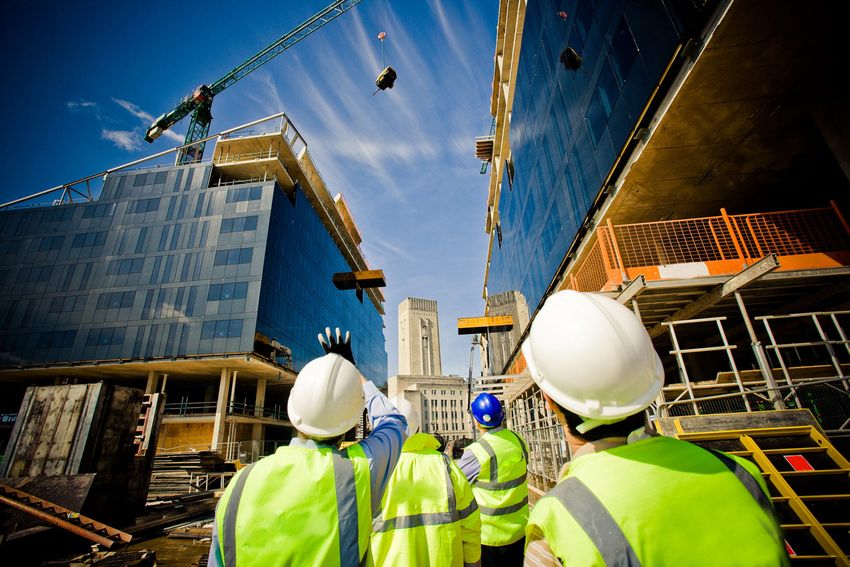
source:blog.kpmgafrica.com
Mining and construction equipment maintenance is a sensitive process where a seemingly insignificant error can call for very expensive repairs or, in the worst case, procurement of a replacement. Ergo, never assume that everyone in your maintenance team is competent enough to service your equipment correctly. Trial and error isn’t really something your business can afford.
The best approach is to get at least some (but preferably all) maintenance staff trained by the equipment manufacturer or supplier on how to service it. These trained and certified personnel can then be trainers of the rest of the servicing crew. Training shouldn’t be a one-off event. It should be scheduled to make sure staff knowledge is always current. There’ll be a cost to the training but the cost of having untrained staff handling your equipment is far larger.
Buy Equipment Prudently

source:sintef.no
It’s said that cheap is expensive. But following this rule when shopping for mining and construction equipment can lead you down the wrong path. Not every item with an exorbitant price tag is of high quality. Similarly, not every model or brand that falls in the lower price range is of poor quality.
Keep an open mind and don’t spend more than you need to. Strike the right balance of price, quality, longevity and maintainability. When evaluating the cost of mining and construction equipment, don’t only consider the purchase price. Rather, pay attention to the availability of inexpensive replacement parts from suppliers like Costex .
Just because the mining and construction industry is doing well doesn’t automatically mean every mining and construction company’s bottom line is destined for greatness. By applying these tips, you can keep your maintenance expenses low and thus improve your business’ overall profitability.

